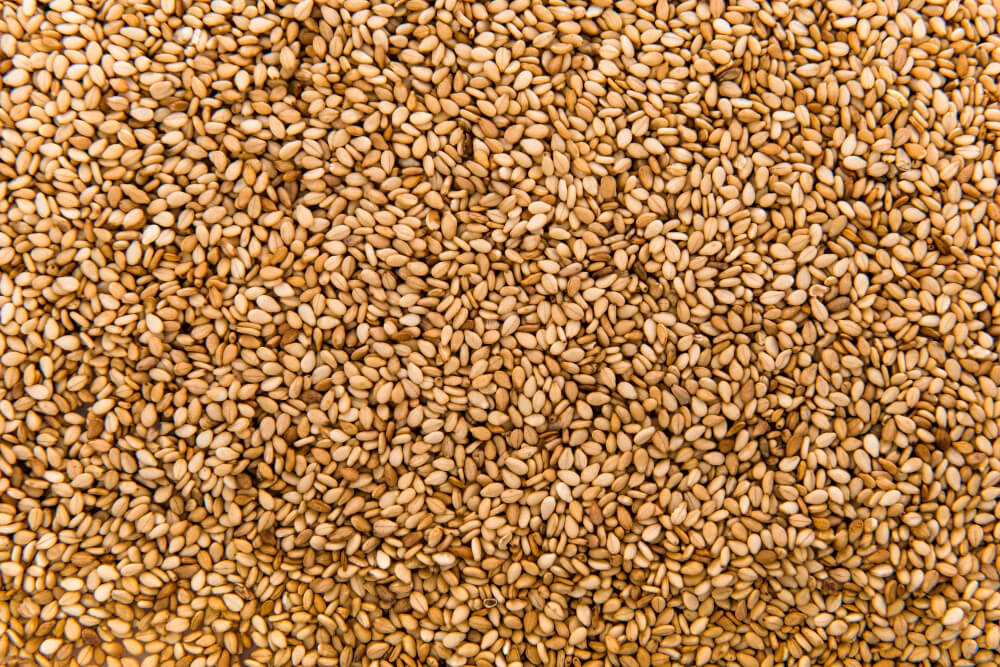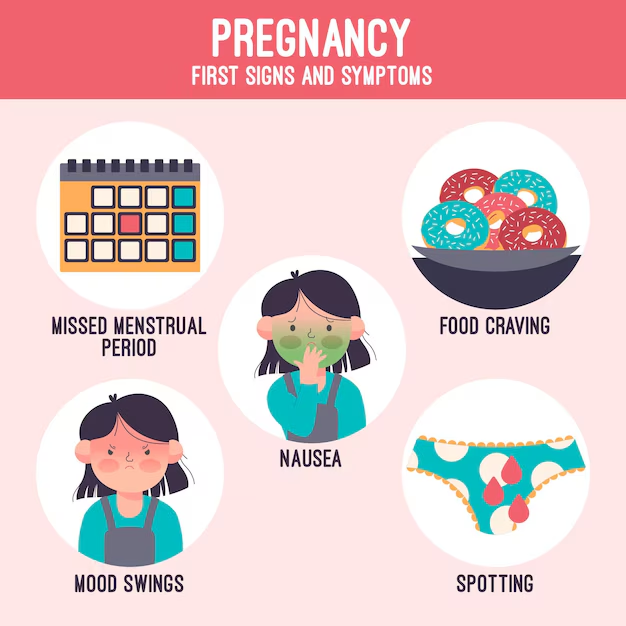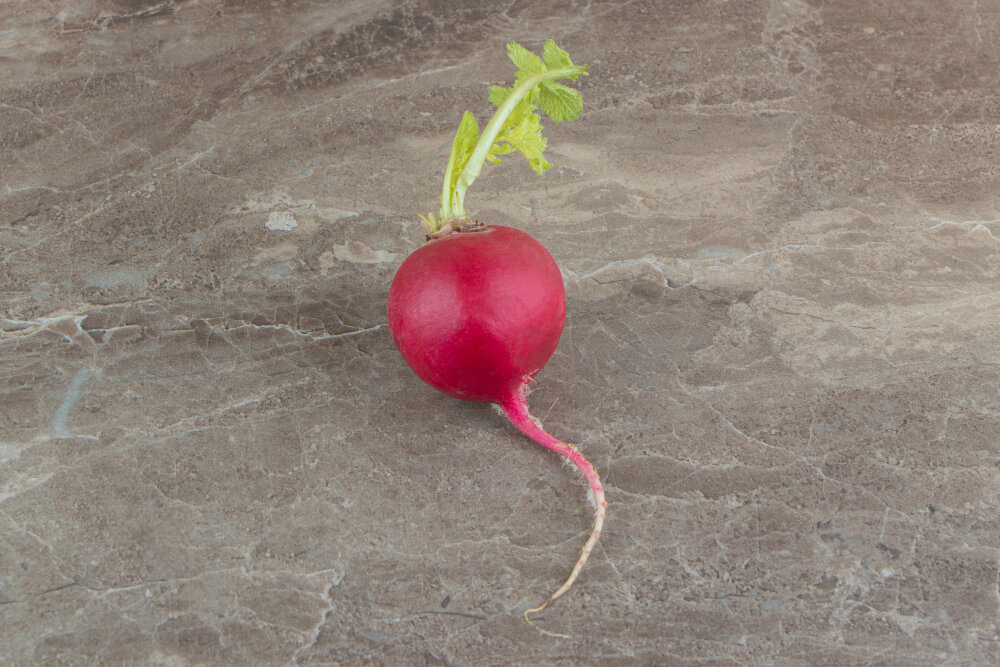Signs of ovulation to look for

Tracking your menstrual cycle can be a game-changer for understanding your body, improving your health, and planning your life better. Whether you're trying to conceive, avoid pregnancy, or simply want to be more in tune with your body, tracking your period is a smart step. In today’s world, you can do this easily using either a traditional calendar or a period-tracking app.
Let’s break down how you can track your cycle effectively and why it matters.
Why Should You Track Your Cycle?
Understanding your menstrual cycle helps you:
-
Predict your period and plan accordingly
-
Track symptoms like mood swings, cramps, or acne
-
Identify irregularities in your cycle that may need medical attention
-
Know your fertile window, useful for family planning
-
Understand hormonal changes and how they affect your body
Once you start tracking consistently, you’ll begin to notice patterns and predict how your cycle will affect your body and mind.
Understanding Your Menstrual Cycle
Before you start tracking, it’s important to understand the different phases of the menstrual cycle. A typical cycle is about 28 days, but anything between 21 and 35 days is considered normal.
Here are the main phases:
-
Menstrual Phase (Days 1–5): This is when you have your period. The uterus sheds its lining.
-
Follicular Phase (Days 1–13): Starts on the first day of your period and ends with ovulation. The body prepares to release an egg.
-
Ovulation Phase (Day 14): The ovary releases a mature egg. This is your fertile window.
-
Luteal Phase (Days 15–28): The body prepares for a possible pregnancy. PMS symptoms may occur during this time.
These phases can vary from person to person. That’s why tracking is helpful—it lets you understand your unique cycle.
Tracking Your Cycle with a Calendar
This is the old-school method, but still very effective!
Steps to Track:
-
Mark the first day of your period on the calendar (this is Day 1).
-
Track how many days you bleed. Most periods last between 3–7 days.
-
Count the total number of days until your next period starts. That’s the length of your cycle.
-
Repeat this for a few months to see patterns.
Benefits:
-
Simple and doesn’t require technology
-
You can personalize it with notes, stickers, or color codes
-
Helpful for those who prefer a paper journal or planner
Pro Tips:
-
Use different symbols or colors to mark symptoms, moods, or flow levels.
-
Leave space to write notes about cramps, cravings, or emotions.
Tracking Your Cycle with an App
If you prefer a tech-savvy way to track your cycle, apps are a great choice. There are many free and paid options like Flo, Clue, Period Calendar, My Calendar, and more.
Steps to Track:
-
Download a trusted period-tracking app from your app store.
-
Enter your last period date and the average length of your cycle.
-
Log your symptoms daily—cramps, mood, discharge, sleep, etc.
-
Let the app calculate and predict your next period and ovulation window.
Benefits:
-
Sends reminders for your next period or fertile window
-
Tracks a wide range of symptoms
-
Easy to use and often customizable
-
Generates charts and health reports over time
Pro Tips:
-
Be consistent—track your symptoms daily for best accuracy.
-
Use the notes section to jot down anything unusual or important.
-
Sync it with a health app if you want a more holistic view of your well-being.
Which Method Should You Use?
It depends on your lifestyle and preference:
-
Use a calendar if you enjoy writing things down, prefer offline tracking, or are minimizing screen time.
-
Use an app if you want convenience, reminders, and health insights at your fingertips.
Some people even use both—a calendar at home and an app on the go.
Final Thoughts
Tracking your menstrual cycle doesn’t just help you predict your next period—it empowers you to take charge of your reproductive and hormonal health. Whether you choose a calendar, an app, or a combination of both, staying consistent is the key. Over time, you'll gain a clearer picture of your body and be better prepared for whatever your cycle brings.
Related Articles

Taking vitamins at the right time

Being okay with saying no

Taking short breaks more often

Baby development at 05 weeks

Common Symptoms in the First Trimester and How to Manage Them

Baby development at 17 weeks

Early signs of pregnancy

Eating for skin and hair health